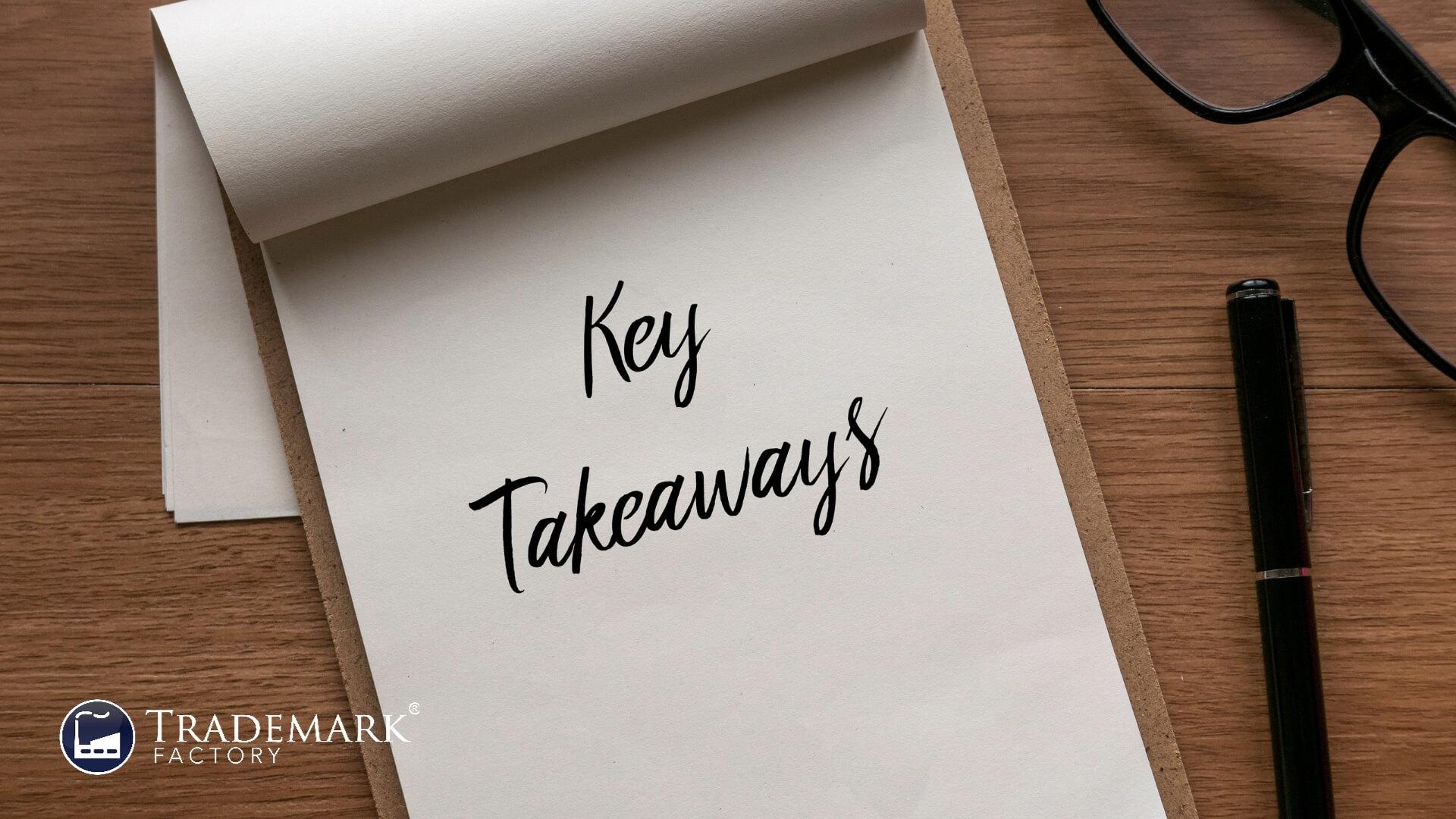Balancing the Role of In-House and Outside Counsel in Trademark Strategies With Trademarkfactory

This article examines the strategic balance between in-house counsel and outside counsel in trademark strategies, with a specific focus on the role of Trademarkfactory. The collaborative dynamics involved in in-house counsel and outside counsel in trademark strategies development, will be explored, highlighting the distinctive expertise that each party brings to the table. Additionally, proactive infringement management and continuous learning will be discussed as essential components of an effective trademark strategy. By mastering the dual counsel approach, organizations can optimize their trademark protection efforts and achieve desired outcomes.
Key Takeaways

- Collaborative dynamics and teamwork between in-house counsel expertise in brand strategy and outside counsel are crucial for effective trademark strategies.
- Leveraging distinctive expertise from both in-house and benefits of outside counsel in trademark strategy helps in setting goals, making decisions, and allocating resources for organizational success.
- Communication, coordination, and cost-effectiveness play a vital role in streamlining processes and maximizing efficiency in trademark strategies.
- Proactive infringement management, continuous learning, and comprehensive protection of intellectual property rights are essential for successful trademark strategies.
Collaborative Dynamics in Trademark Strategy

The collaborative dynamics in the role of trademark strategy involve the coordinated efforts and contributions of both in-house and outside counsel to develop comprehensive and effective trademark protection strategies. Building trust, effective teamwork, shared knowledge, creative problem solving, streamlined processes, efficient decision making, joint accountability, and maximizing resources are key factors in this collaboration. By working together, leveraging their distinctive expertise allows for a more holistic approach to trademark strategy formulation.
Leveraging Distinctive Expertise

Strategic management and legal operations play a crucial role in the overall success of organizations. The strategic management process involves setting goals, making decisions, and allocating resources to achieve those goals, while legal operations focus on the efficient and effective management of legal activities within an organization. By integrating these two functions, organizations can ensure that their legal strategies align with their overall business objectives, minimize risks, and maximize opportunities for growth. This discussion will explore the key points related to strategic management and legal operations and highlight their importance for organizational success.
Strategic Management and Legal Operations
This discussion will explore the importance of communication, coordination, and cost-effectiveness in strategic management and legal operations related to trademark strategies. Effective communication between in-house counsel in trademark portfolio management and outside counsel in trademark searches and risk assessment is crucial for ensuring a smooth flow of information and aligning objectives. Coordination in trademark enforcement between in-house and outside is essential to streamline processes and maximize efficiency. Additionally, cost-effectiveness plays a significant role in decision-making, as organizations seek to optimize resources while achieving their trademark goals.
Communication, Coordination, and Cost-Effectiveness
Communication, coordination, and cost-effectiveness play crucial roles in effectively balancing the contributions of in-house and outside counsel within trademark strategies. To achieve this balance, collaborative planning is essential for aligning goals and objectives. Resource allocation should be carefully managed, with budget tracking for in-house and outside counsel in trademark strategy ensuring cost-effective utilization of legal resources. Effective communication strategies facilitate joint decision-making processes, while cost analysis and risk management aid in informed decision-making. Performance evaluation allows for continuous improvement and proactive infringement management.
Proactive Infringement Management and Continuous Learning

Proactive infringement management and continuous learning are crucial components of an effective trademark strategy, requiring a comprehensive approach that encompasses regular monitoring education for in-house counsel on trademark law, prompt response to infringements, and ongoing education for in-house counsel. This includes establishing protocols for monitoring competitors, identifying potential infringements through conducting thorough research, implementing proactive measures such as enforcement strategies, tracking industry trends, and assessing risk factors. By integrating these elements into their effective trademark strategy, organizations can effectively protect their intellectual property rights. Consequently, this enables them to stay ahead of potential infringements and mitigate risks associated with trademark violations. Transitioning into the subsequent section about 'conclusion: mastering the dual counsel approach in trademark strategy development,' it is vital to recognize that achieving success in managing trademarks requires a balanced collaboration between in-house counsel and outside counsel.
Conclusion: Mastering the Dual Counsel Approach in Trademark Strategy

Achieving a successful trademark strategy necessitates the effective collaboration and integration of both in-house and outside legal counsels. By adopting a dual counsel approach, organizations can maximize their trademark strategies and ensure comprehensive protection of their intellectual property. The following key points summarize the importance of mastering this approach:
- Seamless coordination between in-house and outside counsels.
- Leveraging specialized expertise from both sides.
- Optimization of resources for cost-effective outcomes.
- Alignment of trademark strategies with overall corporate strategy.
Frequently Asked Questions

What Are the Key Benefits of Utilizing Both In-House and Outside Counsel in Trademark Strategies?
Utilizing both in-house and outside counsel in trademark strategies provides cost savings, diverse perspectives, efficient resource allocation, enhanced legal expertise, access to industry knowledge, enhanced risk management, increased efficiency, and improved decision making.
How Can Collaborative Dynamics Between In-House and Outside Counsel Improve Trademark Strategy Outcomes?
Collaborative dynamics between in-house and outside counsel can enhance trademark strategy outcomes. In-house advantages include deep knowledge of the company's business operations, while outside counsel benefits from their specialized expertise. This collaboration enables proactive infringement detection, effective trademark protection, continuous learning, and adaptation to emerging challenges.
What Are Some Examples of Distinctive Expertise That Outside Counsel Can Bring to a Trademark Strategy?
Outsourced expertise in trademark strategies can bring specialized knowledge, a global perspective, litigation experience, brand development insight, competitive analysis skills, risk assessment abilities, and effective enforcement strategies to enhance overall trademark strategy outcomes.
How Can Proactive Infringement Management Help Protect a Company's Trademark Rights?
Proactive monitoring, including cease and desist letters, trademark oppositions, and enforcement actions, is essential for safeguarding a company's trademark rights. It protects brand reputation, ensures international protection, and strengthens trademark registration against infringement.
What Are Some Effective Approaches for Continuous Learning in Trademark Strategy to Stay Ahead of Emerging Trends and Challenges?
Effective approaches for continuous learning in trademark strategy to stay ahead of emerging trends and challenges include regular monitoring of industry developments, attending relevant conferences and workshops, engaging with professional networks, conducting market research, and leveraging the expertise of trademarkfactory.
Conclusion
In conclusion, the effective management of trademark strategies requires a balanced approach between in-house and outside counsel. Collaborative dynamics play a crucial role in leveraging distinctive expertise for proactive infringement management and continuous learning. By utilizing the dual counsel approach, organizations can maximize their trademark protection efforts and ensure comprehensive legal guidance. This strategic alignment allows companies to navigate the complexities of trademark law with precision and accuracy, ultimately safeguarding their intellectual property rights.
Subscribe to Trademark Wednesdays, our weekly newsletter where we'll send fun and informative trademarking topics straight to your inbox.




